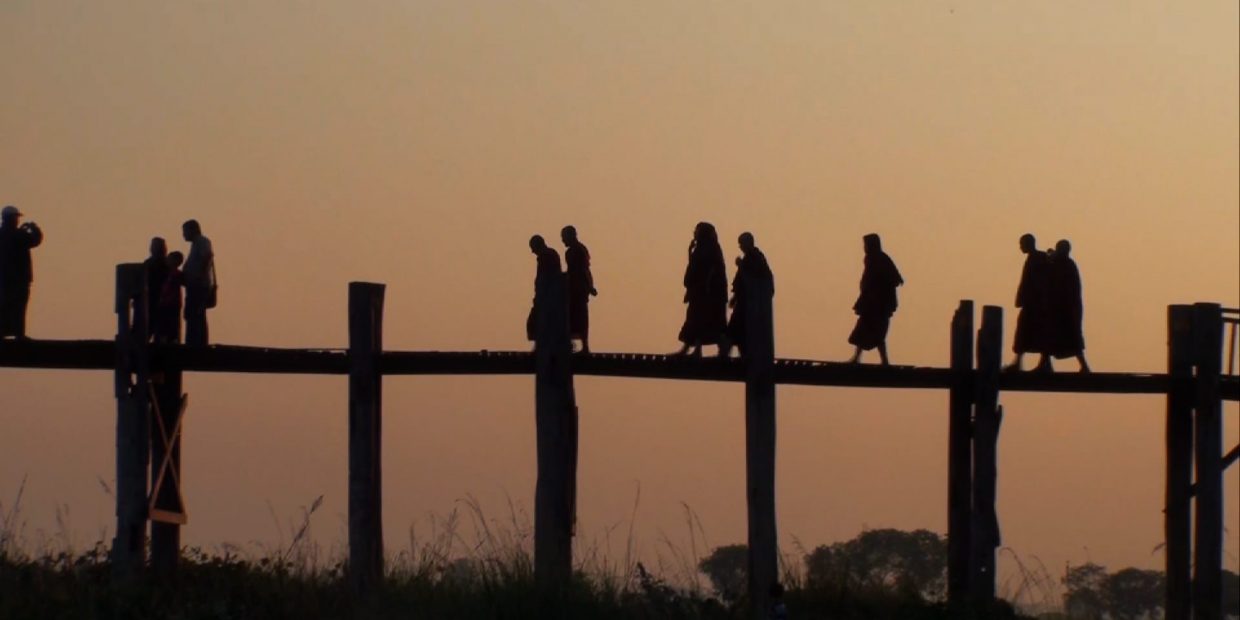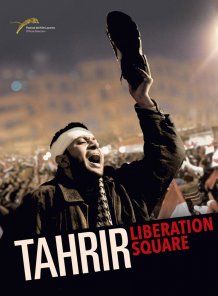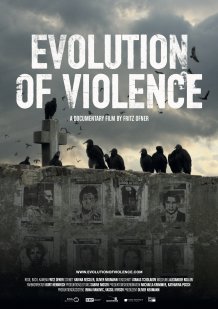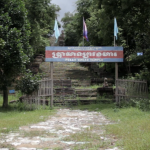Director: Robert H. Lieberman
Watch They Call It Myanmar on FilmDoo
Following an invitation from the U.S Department of State, long-time novelist, filmmaker and professor at the University of Cornell, Robert H. Lieberman, travels to Burma (formerly known as Myanmar) to ‘lift the curtain’ on the dark histories and truths lurking beneath the country’s complacent and superficial exterior. They Call It Myanmar is a humanistic report of a country existing in complete isolation as a result of a military dictatorship. On the surface, Burma is a happy, and more importantly, hopeful place. Despite outward appearances, the country is plagued with crushing poverty and a government inattentive to the needs of its people.
At first, the film establishes Burma as a place of culture and beauty through Lieberman’s encapsulation of rural landscapes, exotic architecture and friendly citizens. However, it doesn’t take long before Lieberman begins to reveal the military presence in Burma; not only do certain sequences illustrate a lack of permission to film, but others outline the danger in doing so. Despite his inability to film certain aspects of Burmese culture, Lieberman arranges several interviews, in which the interviewees’ identities are withheld due to the nature of the information they share with him. These interviews detail the flawed nature of the education system and the consequences that it has on Burmese children; many of whom are subjected to child labour or sold.

Religion proves to be central to the film, as it is in Burmese culture. Several sequences depict the Burmese people’s widespread acceptance of religion and its significance to them. Many people walk kilometres to reach holy Buddhist grounds, while others risk their lives delivering pilgrims across dangerous mountains. The majority of Burmese citizens are shown to believe in karma and reincarnation, which teaches them to persevere with life and accept it for what it is. It seems that these beliefs are so embedded in Burmese culture to the point that they generate illusion. The Burmese population’s façade of happiness is a product of religious belief, not a working and healthy government. In the latter half of the film, a Burmese male speaks of his inability to discuss politics, his opinions, or emotions in public, thus demonstrating that below the country’s gleeful exterior lie repressed political and social identities and a communal fear of the regime.
Throughout the film, the cinematography is consistent and effective, as is the music. Lieberman’s hand-held camerawork has an immersive and inviting quality to it, placing us as spectators within the unknown land he is teaching us about. Similarly, steadier shots are commonly associated with landmarks or scenery, which allow the audience time to grasp the magnificence of the Burmese landscapes and architecture. In conjunction with this, the use of music is subtle, yet effective. Though slight, the score aids in evoking the necessary emotions, which, in turn allow us to empathise with the Burmese people.
Although the technical aspects of the film are well refined, the film lacks a coherent agenda. Lieberman works to develop an emotional attachment and our understanding of Burma, but fails to exceed audience participation beyond that. While audiences might resonate with the subject matter, they are not provoked or supplied with necessary the information to aid the cause. Although the film lacks a clear sense of direction, Lieberman’s They Call It Myanmar provides a truly insightful and heart-wrenching look into one of the most isolated and interesting locations in the world.








